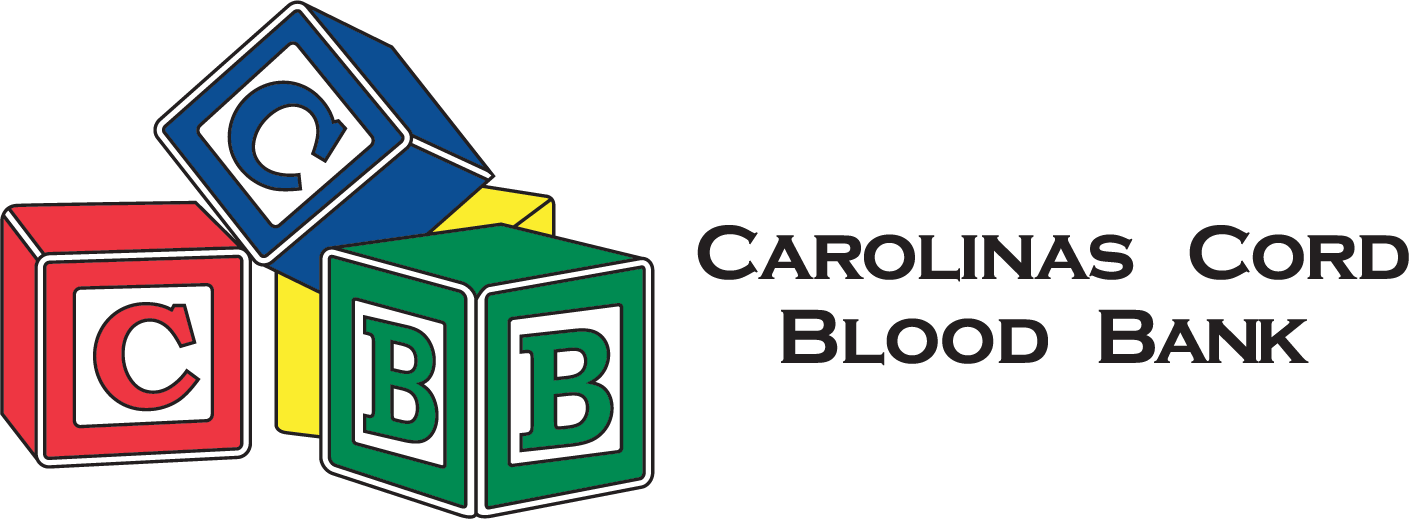CCBB Cord Blood Facts
Umbilical cord blood is the baby’s blood left over in the umbilical cord and placenta after a baby is delivered and the cord is cut. Cord blood has all of the features of regular blood, but it is also a rich source of hematopoietic stem cells. Hematopoietic stem cells are unspecialized cells that produce all blood cells. These include:
- Platelets, which are needed for blood clotting
- Red blood cells, which transport oxygen to the cells
- White blood cells, which help fight disease
These stem cells are similar to those found in bone marrow. In addition, cord blood is immunologically tolerant and can be transplanted without full HLA matching, increasing access to transplantation for patients lacking matched adult donors.
The full potential of cord blood is currently unknown. Cord blood contains rare stem and progenitor cells for tissues that are different from the blood. Researchers are investigating the possibility that cord blood cells could be used to repair damaged tissues including those in the heart, brain and pancreas.
